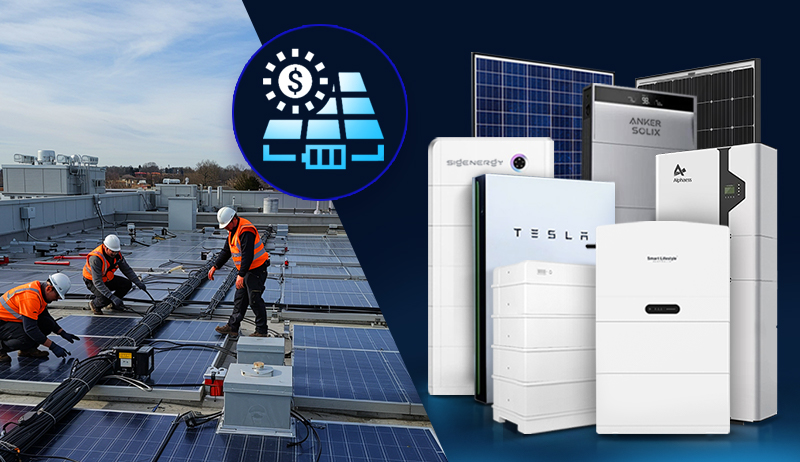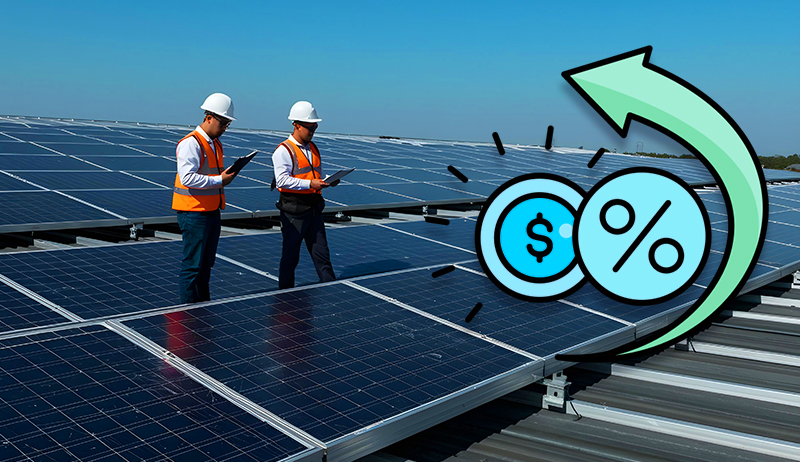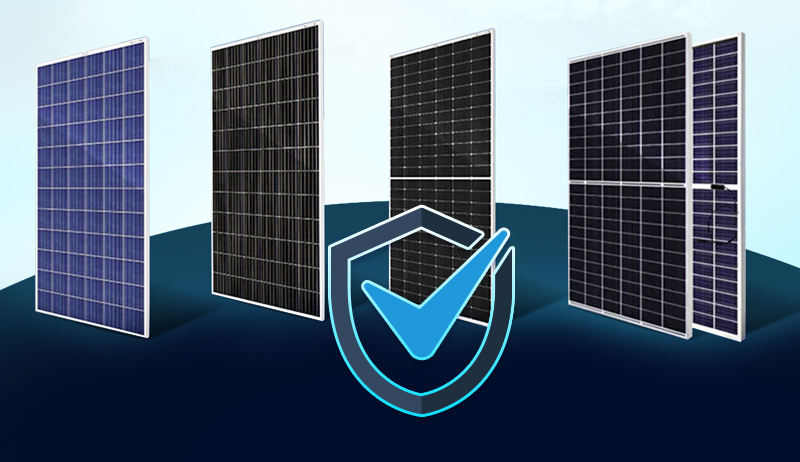Biofuel
Definition of Biogas
Biogas is a renewable energy source that is produced through the anaerobic digestion or fermentation of organic materials, such as agricultural waste, animal manure, sewage sludge, and food waste.
It is a mixture of primarily methane (CH4) and carbon dioxide (CO2), along with trace amounts of other gases such as nitrogen, hydrogen sulfide, and water vapor.
The production of biogas involves the breakdown of organic matter by bacteria in the absence of oxygen. This process, called anaerobic digestion, occurs in a biogas digester or anaerobic reactor. The bacteria metabolize the organic materials, converting them into biogas as a byproduct. The methane content in biogas typically ranges from 50% to 70%, with carbon dioxide making up most of the remaining portion.
Biogas can be used as a fuel for various applications. It can be burned directly for heat or electricity generation in biogas power plants or used as a fuel for cooking, heating, and lighting in households. It can also be upgraded and purified to remove impurities, resulting in biomethane, which has higher methane content and can be used as a substitute for natural gas in vehicle fuel or injected into the natural gas grid.
The production and use of biogas offer several environmental benefits. It helps reduce greenhouse gas emissions by capturing and utilizing methane, which is a potent greenhouse gas with a significantly higher global warming potential than carbon dioxide. Biogas production also helps to manage and recycle organic waste, reducing the need for landfilling or incineration. Additionally, it provides a renewable energy source that can contribute to a more sustainable and low-carbon energy system.
Biogas Production Process
Biogas is produced through the anaerobic digestion of organic materials, such as agricultural waste, food waste, animal manure, and sewage sludge.
The production process of Biogas involves the following steps:
Feedstock preparation: Organic waste materials are collected and prepared for digestion, including grinding, mixing, and removal of non-biodegradable components.
Anaerobic digestion: The prepared feedstock is placed in an anaerobic digester, where bacteria break down the organic matter in the absence of oxygen. This process produces biogas as a byproduct, primarily consisting of methane (CH4) and carbon dioxide (CO2).
Biogas collection and storage: The produced biogas is collected and stored in a gas holder or storage tanks to be used as a source of energy.
Gas purificat: ionBiogas can undergo purification to remove impurities, such as hydrogen sulfide (H2S) and moisture, enhancing its quality and safety for various applications.
Biogas utilization: Biogas can be used directly as a fuel for heating, cooking, or electricity generation, or it can be upgraded to biomethane, a high-quality gas that can be injected into the natural gas grid or used as a transportation fuel.
Applications and Benefits of Biogas
Renewable energy generation: Biogas can be utilized for electricity and heat production, providing a clean and renewable alternative to fossil fuels. It can be used in gas engines, turbines, and boilers to generate electricity and heat for residential, commercial, and industrial purposes.
Waste management and environmental benefits: By diverting organic waste from landfills, biogas production helps reduce methane emissions, a potent greenhouse gas. It also contributes to waste management by converting organic waste into useful energy and digestate, a nutrient-rich fertilizer.
Energy independence and rural development: Biogas production can promote energy independence by utilizing locally available organic waste materials. It offers economic opportunities for rural communities through job creation, local energy production, and reduced dependency on external energy sources.
Soil and nutrient management: The digestate produced during biogas production serves as a nutrient-rich fertilizer that can enhance soil health and crop productivity. It contributes to nutrient recycling and reduces the need for synthetic fertilizers.
Challenges and Considerations for Viogas Implementation
Feedstock availability and quality: Ensuring a consistent supply of suitable organic waste feedstock is essential for efficient biogas production. Adequate waste management practices, collection systems, and partnerships with waste generators are key considerations.
Technology and infrastructure: The design, construction, and operation of biogas plants require appropriate technology and infrastructure. Tailoring systems to local conditions, optimizing digester performance, and investing in efficient gas collection and purification equipment are crucial for maximizing biogas production.
Policy and financial support: Supportive policies, incentives, and regulatory frameworks are necessary to promote biogas development and create a favorable market environment. Financial mechanisms and funding opportunities can help overcome the initial investment costs associated with biogas plant construction and operation.
Public awareness and acceptance: Educating the public about the benefits of biogas and addressing any concerns regarding odor, safety, and visual impact can foster acceptance and support for biogas projects.
Conclusion for Biogas: Harnessing Renewable Energy from Organic Waste
Biogas represents a valuable renewable energy source that can address multiple challenges simultaneously, including waste management, greenhouse gas reduction, and sustainable energy production.
Through the anaerobic digestion of organic waste materials, biogas offers a reliable and environmentally friendly alternative to fossil fuels.
With its wide range of applications, including electricity and heat generation, biomethane production, and nutrient recycling, biogas has the potential to contribute significantly to a more sustainable and circular economy. It enables the transformation of organic waste into valuable resources, reducing dependence on finite energy sources and mitigating environmental impacts.
However, realizing the full potential of biogas requires overcoming challenges such as feedstock availability and quality, technology optimization, policy support, and public acceptance. Continued research and innovation, coupled with supportive policies and financial incentives, are necessary to drive the widespread adoption of biogas and establish a robust biogas industry.
As the world continues to seek sustainable energy solutions and combat climate change, biogas stands as a reliable and promising pathway towards a greener future. By harnessing the power of organic waste, biogas offers a practical and scalable solution that not only reduces greenhouse gas emissions but also contributes to waste management, energy independence, and rural development. With concerted efforts and collaboration between governments, industries, and communities, biogas can play a pivotal role in the transition to a more sustainable and resilient society.
https://www.exaputra.com/2023/05/biogas-harnessing-renewable-energy-from.html
Renewable Energy
ACORE Applauds Maryland Gov. Moore’s New Executive Order on Energy Affordability and Reliability
-
Grid Infrastructure -
Policy -
Siting & Permitting Reform -
Technology -
Press Releases
ACORE Applauds Maryland Gov. Moore’s New Executive Order on Energy Affordability and Reliability
ACORE Applauds Maryland Gov. Moore’s New Executive Order on Energy Affordability and Reliability
FOR IMMEDIATE RELEASE
Dec. 19, 2025
WASHINGTON, D.C. — The American Council on Renewable Energy (ACORE) issued the following statement from ACORE President and CEO Ray Long in response to Governor Wes Moore’s announcement of new initiatives to build an affordable and reliable energy future for Maryland.
“ACORE applauds Gov. Wes Moore for setting forth a new series of energy initiatives that seek to stabilize energy bills while ensuring grid reliability and efficiency for Marylanders. In particular, ACORE commends key provisions in the order to increase the deployment of advanced transmission technologies; streamline the siting and permitting of high-voltage transmission, energy storage, and other infrastructure; advance wholesale market reforms; and more. As the country enters a new era of electricity demand, initiatives like Gov. Moore’s will facilitate significant progress toward building a modern and reliable grid needed to maintain economic competitiveness and keep the lights on,” said ACORE President and CEO Ray Long.
###
ABOUT ACORE
For over 20 years, the American Council on Renewable Energy (ACORE) has been the nation’s leading voice on the issues most essential to clean energy expansion. ACORE unites finance, policy, and technology to accelerate the transition to a clean energy economy.
For more information, please visit http://www.acore.org.
Media Contacts:
Stephanie Genco
Senior Vice President, Communications
American Council on Renewable Energy
communications@acore.org
The post ACORE Applauds Maryland Gov. Moore’s New Executive Order on Energy Affordability and Reliability appeared first on ACORE.
https://acore.org/news/acore-statement-on-gov-wes-moores-new-energy-executive-order/
Renewable Energy
Meat–It’s What’s for Dinner, if You Don’t Care about the Animals or the Planet
 We often hear meat-eaters say things like, “If beef isn’t good, why do the manufacturers of plant-based burgers try so hard to make their burgers taste like real meat?”
We often hear meat-eaters say things like, “If beef isn’t good, why do the manufacturers of plant-based burgers try so hard to make their burgers taste like real meat?”
There is no doubt that cow and pig meat tastes and smells great; every vegan on Earth will tell you that.
The problem lies elsewhere, in a) the environmental impact of clearing the rainforests to make room for more cows, and b) the cruelty inherent in factory farming and the slaughtering of the animals.
Meat–It’s What’s for Dinner, if You Don’t Care about the Animals or the Planet
Renewable Energy
FAQs: Your Most Common Commercial Solar Questions Answered
The post FAQs: Your Most Common Commercial Solar Questions Answered appeared first on Cyanergy.
https://cyanergy.com.au/blog/faqs-your-most-common-commercial-solar-questions-answered/
-
Climate Change4 months ago
Guest post: Why China is still building new coal – and when it might stop
-
Greenhouse Gases4 months ago
Guest post: Why China is still building new coal – and when it might stop
-
Climate Change2 years ago
Spanish-language misinformation on renewable energy spreads online, report shows
-

 Greenhouse Gases2 years ago
Greenhouse Gases2 years ago嘉宾来稿:满足中国增长的用电需求 光伏加储能“比新建煤电更实惠”
-
Climate Change Videos2 years ago
The toxic gas flares fuelling Nigeria’s climate change – BBC News
-

 Climate Change2 years ago
Climate Change2 years ago嘉宾来稿:满足中国增长的用电需求 光伏加储能“比新建煤电更实惠”
-

 Carbon Footprint2 years ago
Carbon Footprint2 years agoUS SEC’s Climate Disclosure Rules Spur Renewed Interest in Carbon Credits
-
Climate Change2 years ago
Why airlines are perfect targets for anti-greenwashing legal action











 Full energy assessment
Full energy assessment



